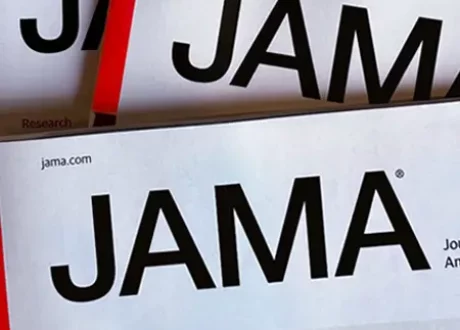Question Did implementation of a new dispatch system change telecommunicator-assisted cardiopulmonary resuscitation (T-CPR) for patients in cardiac arrest involving 9-1-1 callers with limited English proficiency?
Findings In this cohort study of 597 emergency calls for cardiac arrest, compared with the Medical Priority Dispatch System that was used for 25 years in the City of Los Angeles, the new Los Angeles Tiered Dispatch System was associated with an immediate increase in the prevalence of T-CPR and decreased times to cardiac arrest recognition and first chest compression when callers had limited English proficiency.
Meaning This study found an association between the Los Angeles Tiered Dispatch System and improved emergency care in cardiac arrest cases involving 9-1-1 callers with limited English proficiency; further studies are needed in this group to increase activation of the chain of survival and improve health outcomes in cardiac arrest.
Abstract
Importance Increasing bystander cardiopulmonary resuscitation (CPR) among racial/ethnic minority groups and culturally underserved populations is a key strategy in improving health care disparities in out-of-hospital cardiac arrest.
Objective To ascertain whether implementation of the Los Angeles Tiered Dispatch System (LA-TDS) was associated with improved performance of telecommunicator-assisted CPR (T-CPR) among 9-1-1 callers with limited English proficiency in the City of Los Angeles.
Design, Setting, and Participants This cohort study compared emergency medical services–treated, nontraumatic out-of-hospital cardiac arrest calls using the Medical Priority Dispatch System (MPDS) from January 1 to March 31, 2014, with calls using LA-TDS from January 1 to March 31, 2015. Trained data abstractors evaluated all 9-1-1 audio recordings for the initiation of T-CPR and the elapsed time to predefined events. Data were analyzed between January and December 2017.
Main Outcomes and Measures The primary outcome was the prevalence of T-CPR among 9-1-1 callers with limited English proficiency for field-confirmed nontraumatic cardiac arrests. Additional outcomes included T-CPR among callers with English proficiency and the elapsed time until key events in the call.
Results Of the 1027 emergency medical services calls during the study periods, 597 met the inclusion criteria. A total of 289 calls (48%) were made using MPDS (263 callers with English proficiency, and 26 callers with limited English proficiency), and 308 calls (52%) were made using LA-TDS (273 callers with English proficiency, and 35 callers with limited English proficiency). No differences between MPDS and LA-TDS cohorts were found in age, sex, known comorbidities, arrest location (private vs public), or witnessed status. The prevalence of T-CPR among callers with limited English proficiency was significantly greater using LA-TDS (69%) vs MPDS (28%) (odds ratio [OR], 5.66; 95% CI, 1.79-17.85; P = .003). For callers with English proficiency, the prevalence of T-CPR improved from 55% using MPDS to 67% using LA-TDS (OR, 1.66; 95% CI, 1.15-2.41; P = .007). With LA-TDS, callers with limited English proficiency had a significant decrease in time to recognition of cardiac arrest (OR, 0.59; 95% CI, 0.41-0.84; P = .005) and dispatch of resources (OR, 0.71; 95% CI, 0.54-0.94; P = .02).
Conclusions and Relevance The LA-TDS compared with MPDS was associated with increased performance of T-CPR for out-of-hospital cardiac arrests involving 9-1-1 callers with limited English proficiency. Further studies are needed in communities with a predominance of people with limited English proficiency to characterize bystander response, promote activation of the chain of survival, and clarify the precise elements of LA-TDS that can improve T-CPR performance.









